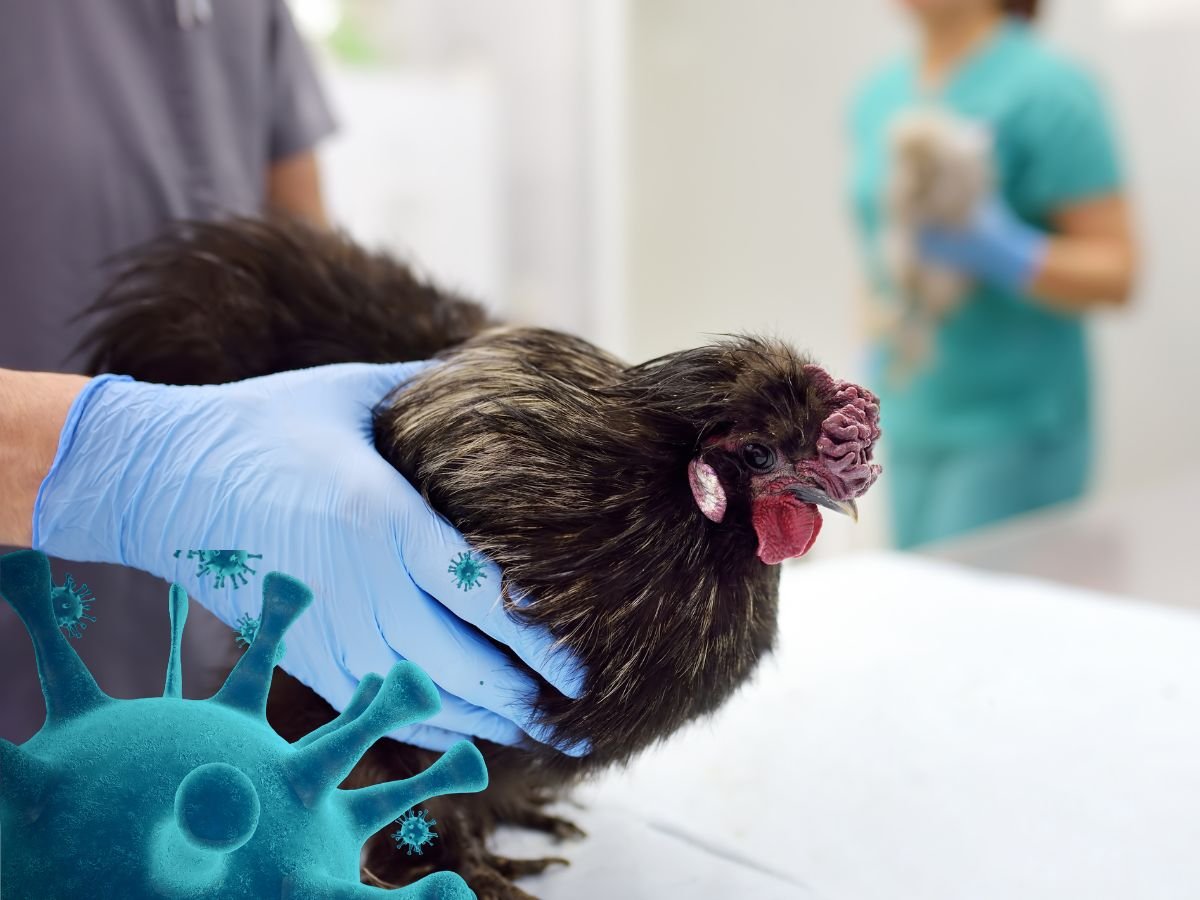New Delhi, 10 May 2025: Leading virologists and global health experts are raising alarms over the escalating threat posed by the H5N1 avian influenza virus, urging immediate preparedness to avert a potential pandemic. The virus, traditionally confined to avian species, has recently demonstrated an alarming ability to infect mammals, including humans, signaling a possible shift towards human-to-human transmission.
Next Pandemic Loading? Bird Flu Threat Is Real, Warn Experts
Dr. Suresh Kuchipudi, a prominent bird flu researcher, emphasized the urgency of the situation, stating, “We are getting dangerously close to this virus potentially causing a pandemic.” His concerns are echoed by pharmaceutical consultant John Fulton, who warned that if H5N1 mutates to sustain human transmission while maintaining its high fatality rate, it could result in a pandemic far more severe than COVID-19.
WHO Data And Statement Says…
The World Health Organization (WHO) has reported that between January 2003 and February 2025, there have been 887 confirmed human cases of H5N1, with 462 resulting in death, reflecting a staggering 52% mortality rate. Recent incidents, such as a dairy farm worker in Texas contracting the virus from infected cattle, underscore the virus’s expanding host range and the increasing risk of zoonotic spillover.
Compounding the threat is the virus’s rapid evolution. Research indicates that H5N1 has undergone significant genetic changes, enhancing its virulence and adaptability. Dr. Richard Webby of St. Jude Children’s Research Hospital noted that the virus’s ability to infect a broad spectrum of mammals, including pigs—a species capable of mixing avian and human flu viruses—raises the potential for the emergence of a novel, highly transmissible strain.
Despite these warnings, surveillance efforts have been hampered. The U.S. government’s recent decision to cut $160 million in funding to the United Nations’ Food and Agriculture Organization (FAO) has disrupted global monitoring initiatives, particularly those tracking bird migration patterns crucial for early detection of outbreaks. This reduction in surveillance capacity diminishes the ability to respond promptly to emerging threats.
In response to the growing concern, experts advocate for immediate actions:
Enhanced Surveillance: Reinstating and expanding monitoring programs to detect and track H5N1 outbreaks in both avian and mammalian populations.
Vaccination Strategies: Developing and distributing vaccines for at-risk populations, including poultry, livestock, and individuals in close contact with these animals.
Public Awareness: Educating communities about preventive measures, such as avoiding contact with sick or dead birds, practicing good hygiene, and reporting unusual animal deaths.
International Collaboration: Strengthening global partnerships to share data, resources, and strategies to combat the spread of H5N1 effectively.
The potential for H5N1 to cause a pandemic necessitates a proactive and coordinated global response. As Dr. Kuchipudi aptly stated, “It is really high time that we are prepared.”







